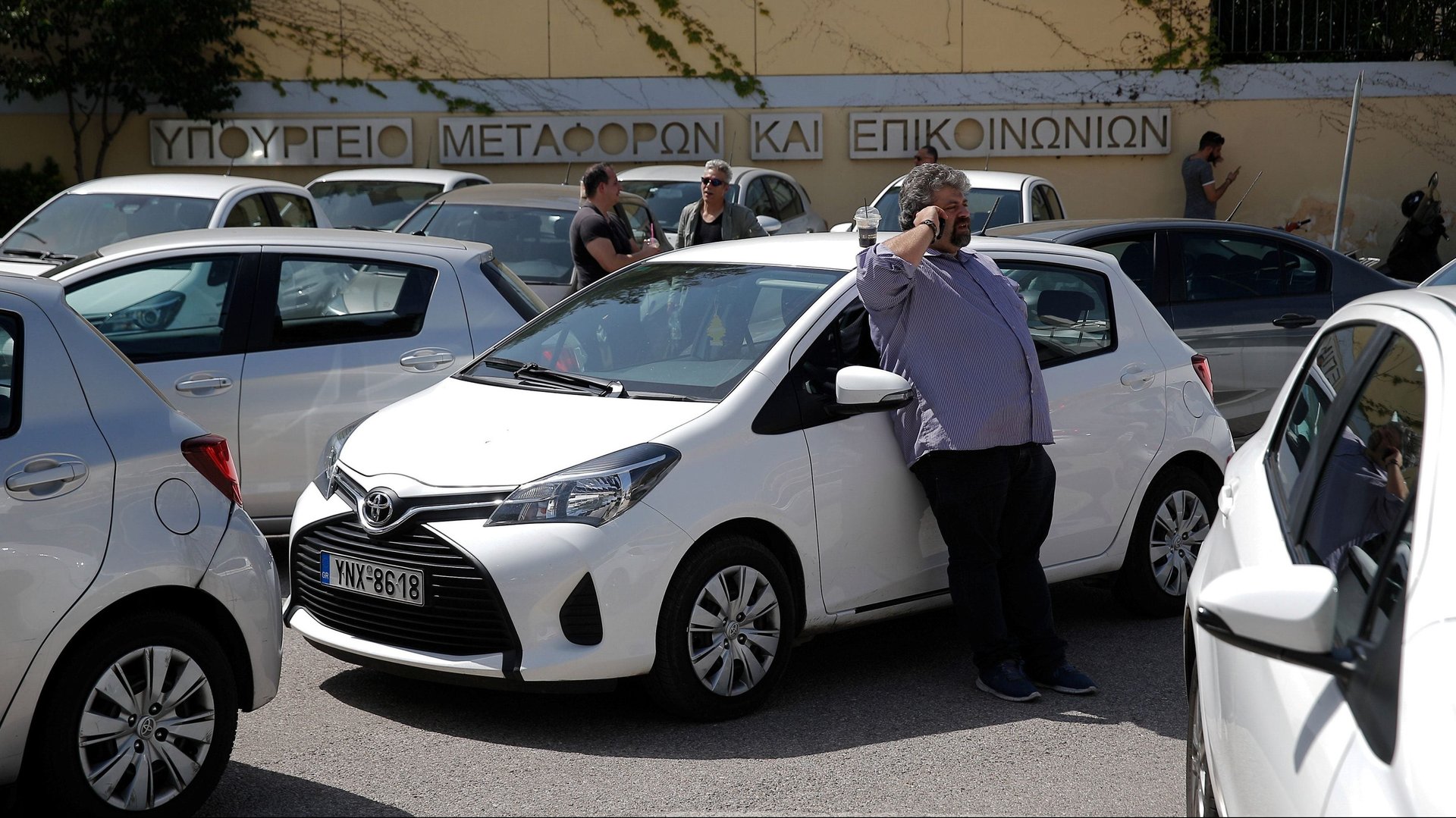Uber drivers make about as much money as minimum wage workers
The question of how much Uber drivers make per hour is always ripe for discussion. The number is hard to pin down for many reasons, including:


The question of how much Uber drivers make per hour is always ripe for discussion. The number is hard to pin down for many reasons, including:
- Uber pays different rates in different markets
- A lot of driver income is tied up in limited-time promotions and incentives
- Uber has repeatedly changed its commission structure and, consequently, how drivers are paid
- Drivers bear costs like gas and depreciation, which must be deducted from gross earnings
- Uber controls all the data
Uber has shared some numbers about driver earnings in economic papers, usually through collaborations with respected academics. But the figures it’s given out are hard to compare with one another. A January 2018 paper that Uber collaborated on used “gross earnings” ($21.07 an hour), or what the driver makes before costs such as gas and vehicle depreciation, as well as Uber’s service fee, are deducted. Earlier research from Uber’s team and Princeton economist Alan Krueger examined earnings “net of Uber’s fees,” but before driver expenses ($20.19 an hour).
Back in March, a study from MIT’s Stephen Zoepf claimed that the median profit from driving for Uber or Lyft was $3.37 an hour. The methodology behind this assertion proved seriously flawed, and after identifying the error and redoing the calculations, Zoepf increased his estimate of median hourly driver profit to between $8.55 and $10.
The latest contribution to the debate comes from the Economic Policy Institute (EPI), a pro-labor think tank. On May 15, EPI released a report finding Uber drivers earn $11.77 an hour after Uber’s commission and expenses, and $10.87 an hour adjusted for the extra contributions that independent contractors make toward Medicare and social security. That puts Uber drivers solidly in the lowest fifth of American earners.
“It’s more low wage than I thought, to tell you the truth,” said Lawrence Mishel, a labor economist and former EPI president who authored the report. “My sense is that taxi driving used to be an occupation that provided a very modest middle class income, and that just doesn’t seem to be the case any more.”
While the numbers from Uber compared to third parties can seem far apart, they actually aren’t so different. The Krueger paper, for example, estimated on-the-job expenses at a midpoint of $3.60 an hour for a part-time driver and $5.10 an hour for a full-timer. If you take the latest gross earnings figure Uber released ($21.07 an hour), adjust it for an assumed 25% commission (a rough estimate, as Uber no longer takes a simple percent-based commission on fares), and then deduct between $3.60 and $5.10 for expenses, you come up with net earnings of $10.70 to $12.20 an hour. That’s remarkably similar to the numbers put forward by both MIT and EPI.
It’s significant that these numbers are relatively in line because it allows the debate to advance, finally, from how much Uber drivers make to what that says about driving for Uber. Many people have long suspected that being an Uber driver isn’t a great gig, but it’s been hard to prove because there wasn’t much consensus around the hourly earnings.
If we accept $10.70 to $12.20 as an accurate range, on the other hand, we can start to make certain observations. For example, while $10.70 isn’t less than the US federal minimum wage, it is below the local wage floor in many major cities, such as New York, San Francisco, Chicago, and Boston. (Uber notes that drivers in cities with lower costs of living earn less, dragging down the national average.)
Last August, it came out that Uber, in an internal presentation on driver income, had pointed to Lyft and McDonald’s as the greatest competition for workers. McDonald’s pledged in 2015 to pay all workers at US company-owned stores at least $1 an hour above the local minimum wage. While workers claim McDonald’s hasn’t always kept up, it seems safe to say you could make as much—or more!—flipping burgers in many big American cities as you could driving for Uber.
As Uber has said over and over, drivers like the flexibility they get from working for Uber, and it’s quite true that a job at McDonald’s doesn’t come with anywhere near that degree of freedom. The low-wage economy is notoriously unforgiving of workers who show up late or miss a day. Uber might penalize you for driving unsafely, but never for choosing to skip a day to care for a sick family member. (A spokesperson for Uber said in an emailed statement that the EPI paper made “several questionable assumptions” and ignored “the flexibility drivers tell us they value and cannot find in traditional jobs.”)
That said, we now have enough consensus around what Uber drivers earn that we should dispense with the myth that driving for Uber is a lucrative job. Uber is another facet of the low-wage economy, not a modern American dream, whether the company likes it or not.
An earlier version of this post was published in Oversharing, a newsletter about the sharing economy. Sign up for it here.